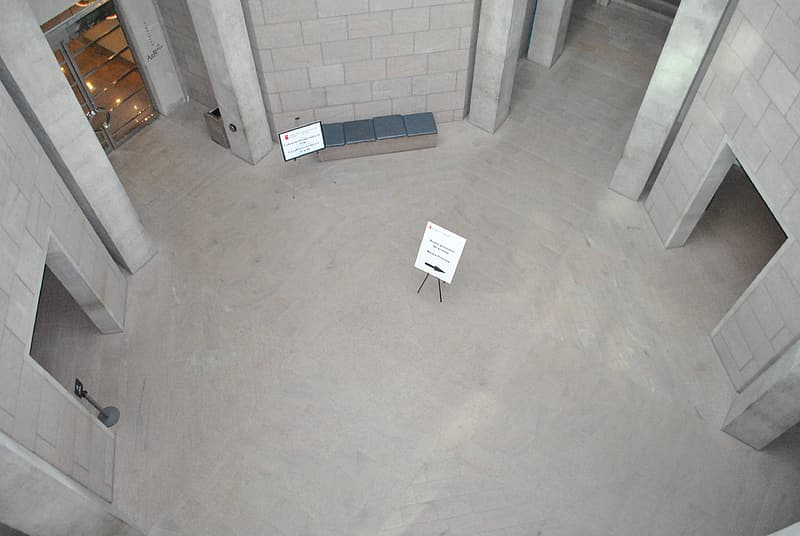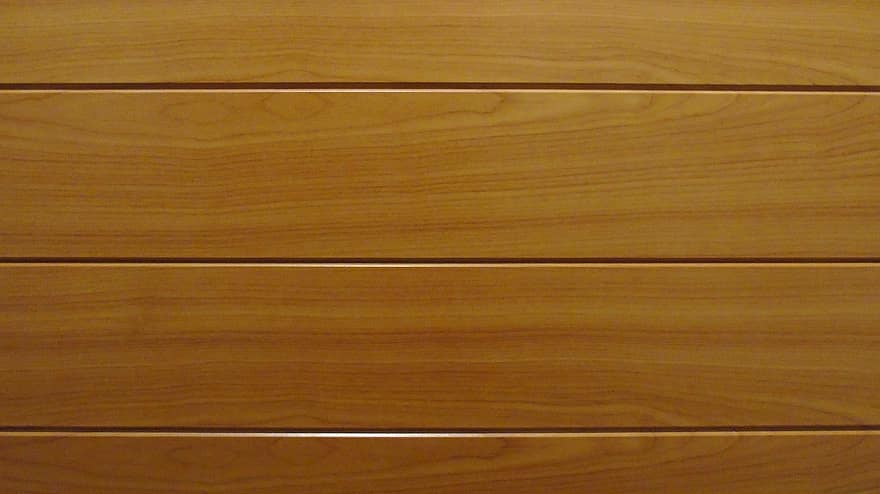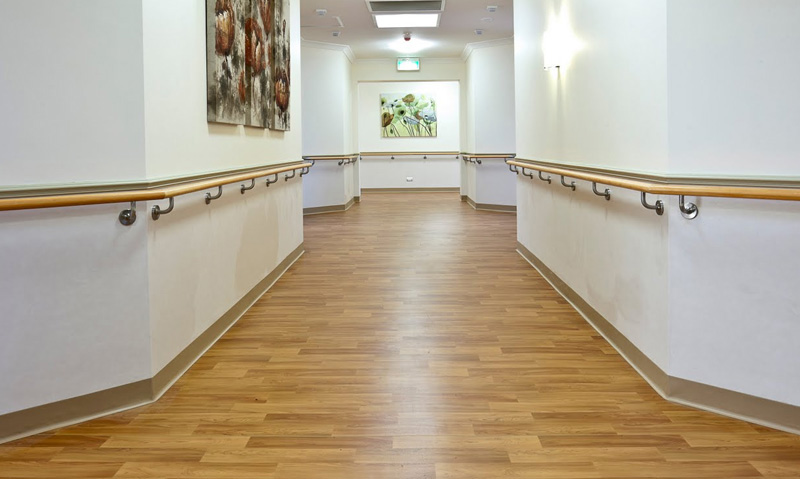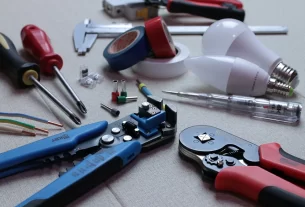Contents
– How are plastic floors made?
– How do you prepare the laying of PVC and plastic flooring?
– Laying PVC and plastic flooring: calculating the surface area
– Floor preparation
– Different types of PVC and plastic floor laying
– Laying PVC flooring: glued installation
– Double-sided laying
– Free laying of plastic flooring
How are plastic floors made?

Practically all plastic floors are made from vinyl in layers or a layer of PVC. The whole is fixed or not on a support which can be:
– felt,
– a PVC sole.
Plastic floors can be surface or through-dyed. They include vinyl, PVC, and resin for the most common materials.
Note: Linoleum, rubber, and cork floors are not part of plastic floors as they are coverings based on natural materials. As an alternative to stair carpeting, you have reinforced plastic floors for this purpose. Just like a wall carpet, you can lay a plastic covering on the wall. Some of them are suitable for bathrooms and wet rooms.
How do I prepare to lay PVC and plastic flooring?
– Choose a suitable carpet glue for this type of flooring.
– PVC and plastic floors are easy to install. In wide widths, it’s best to be two people. The installation is more or less the same as laying a carpet.
– In the plastic flooring category you will also find adhesive PVC tiles.
Laying PVC and plastic flooring: calculating the surface area

Here are the different steps of the calculation:
– Take the dimensions of your room in the widest width and in the longest length.
– Add at least 15 cm to these 2 dimensions.
– Multiply both to obtain the surface area in m².
– If you have a pattern connection to make, you will need to include an extra pattern in the length and width.
Preparing the floor
The laying of PVC and plastic floors requires a perfectly prepared base.
The floor needs to be:
– Flattened: The surface needs to be flat, otherwise you can apply a leveling compound over the entire surface or in localized areas.
– Cleaned: The floor must be clean, for this, you can use a strong detergent, then rinse well. Apply a special shampoo to the cement screed.
– Dried: All cement, concrete must be dry. If you are not sure, carry out a humidity test. New cement or concrete must be at least 30 days dry.
Note: On waterproof or too spongy substrates, you can apply an adhesion primer.
Different types of PVC and plastic floor laying
Plastic floors can be laid:
– glued;
– on both sides;
– without glue or double-sided (loose laid).
Comparison table between glued laying, double-sided laying and loose laid plastic flooring
| Laying PVC flooring | Glued installation | Double-sided laying | Loose laying |
|---|---|---|---|
| Type of adhesive | – Plastic floor glue or equivalent. | – Double-sided adhesive. | – No glue or adhesive. |
| Advantages | – Excellent resistance of the coating. – Can be laid on large surfaces. |
– Good adhesion of the coating. – Reversible quite easily. |
– Can be laid fairly quickly. – Reversible. |
| Disadvantages | – Cost of glues. – Hardly reversible. |
– Cost of adhesive. – Cleaning of traces of adhesive on the floor after removal of the flooring. |
– Possibility of movement of the covering, especially on the edges of the walls. |
| Recommendations | – Acrylic adhesives are preferable to avoid stains on the flooring during installation. | – To be reserved for rooms < 20 m². – Moderate traffic. – Adhere the adhesive over the entire surface of the room. |
– Use only for small rooms < 15 m², or where there is low traffic. |
Are you looking for flooring services?
If you are looking for flooring services, look no further. “Fix it for You – Handyman” will provide you with a perfect job with exceptional technical mastery.
Our next post will tell you more about the steps involved in laying PVC flooring: glued installation, double-sided installation, and loose-laid plastic flooring.




2 thoughts on “How Do You Lay PVC and Plastic Flooring (Part 1)”